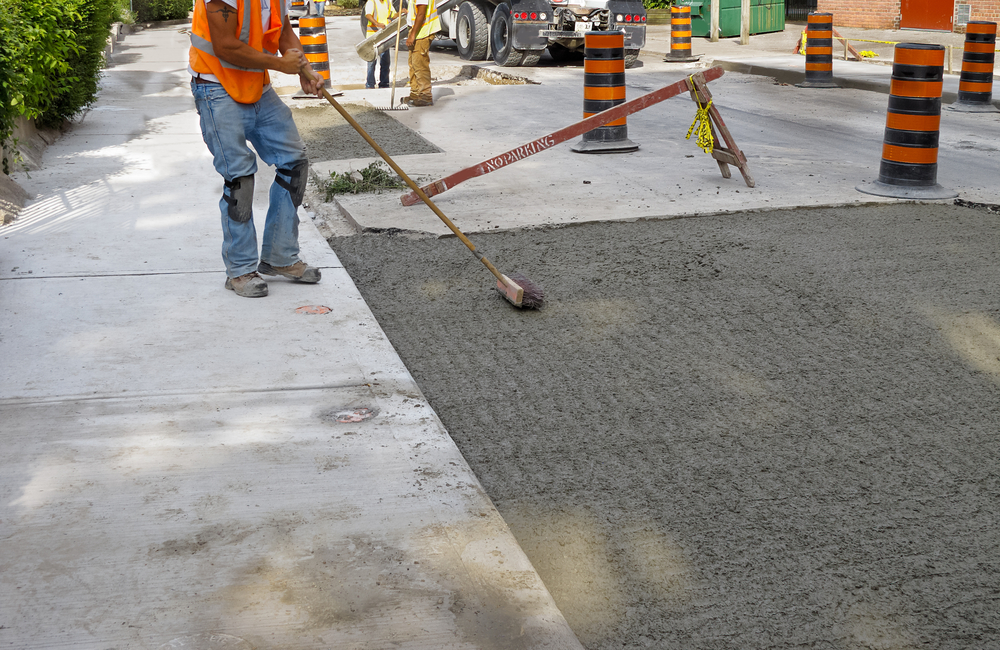Concrete patios have become a popular outdoor living space in many homes. They are versatile, durable, and easy to maintain, making them an ideal choice for many homeowners. In this article, we will take a closer look at the benefits of having a concrete patio, the different types of concrete patios, and how to care for your concrete patio.

Durability: Concrete is a strong and durable material that can withstand heavy foot traffic, weather conditions, and wear and tear. This makes concrete patios ideal for homes with large families or frequent entertaining.
Cost-effective: Concrete patios are one of the most cost-effective options for outdoor living spaces. They are affordable to install and require low maintenance costs, making them a great investment for homeowners.
Versatile: Concrete patios can be customized to fit any outdoor living space. They can be stained, stamped, or painted to add character and style to your home.
Low maintenance: Concrete patios are easy to maintain and clean. They require only regular cleaning and occasional sealing to keep them in good condition.
Types of Concrete Patios:
Stamped Concrete: Stamped concrete patios mimic the look of natural stone, wood, or other materials but are made of concrete. They are perfect for homeowners who want the look of a more expensive material but want the durability and affordability of concrete.
Colored Concrete: Colored concrete patios are created by adding pigments to the concrete mixture. This allows for a wide range of color options and can add a unique look to your outdoor living space.
Stained Concrete: Stained concrete patios are created by applying a chemical stain to the surface of the concrete. This adds a beautiful and unique color to your patio and can enhance the overall look of your outdoor living space.
Caring for your Concrete Patio:
Cleaning: Regular cleaning is important to keep your concrete patio looking its best. Use a mild soap and water solution to clean the surface and rinse with clean water. Avoid using acidic or abrasive cleaners as these can damage the surface of the concrete.
Sealing: Sealing your concrete patio will protect it from stains and weather conditions. Seal your patio every 1-2 years to keep it in good condition.
Repairing cracks: Cracks in concrete patios can be easily repaired with a concrete patching compound. Simply clean the area, apply the compound, and allow it to dry completely before painting or staining.
In conclusion, concrete patios are a great investment for homeowners who want an outdoor living space that is durable, cost-effective, and low maintenance. With a variety of styles and colors to choose from, you can create a unique and beautiful outdoor living space that you and your family will enjoy for years to come.
Keywords: Concrete, Patios, Outdoor living space, Durable, Cost-effective, Versatile, Low maintenance, Stamped concrete, Colored concrete, Stained concrete, Cleaning, Sealing, Repairing cracks, Customized, Affordable, Investment, Unique style, Abrasive cleaners, Concrete patching compound, Weather conditions







